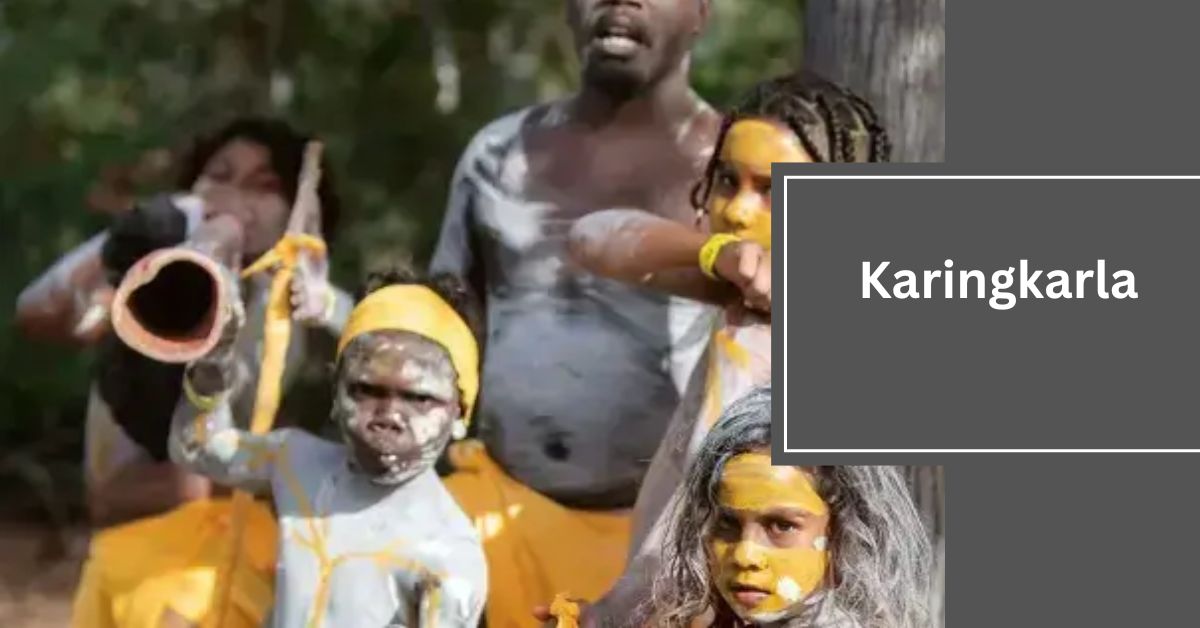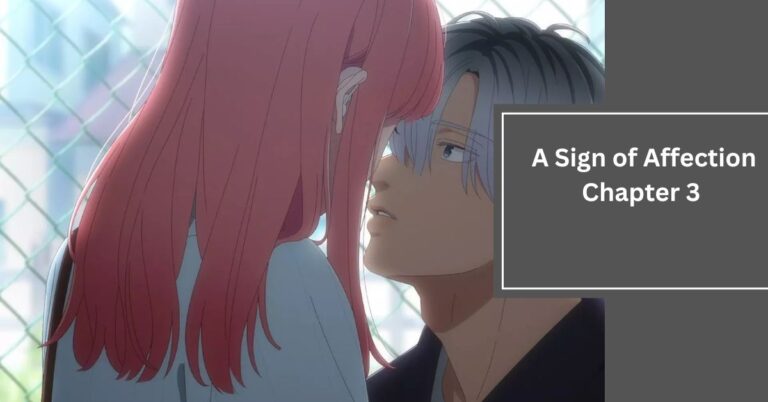Discovering Karingkarla: An Insightful Journey into Noongar Aboriginal Art
Karingkarla is a unique and captivating art form that originates from the Noongar people, the indigenous inhabitants of southwestern Australia. This form of Aboriginal art is more than just aesthetically pleasing; it represents a deep spiritual connection to the land, culture, and traditions of the Noongar people. In this comprehensive article, we will delve into the essence of Karingkarla, exploring its significance, history, and cultural relevance. We will also touch on related terms such as “karingking,” “karingking falls,” and “karingking solsona ilocos norte,” providing a holistic understanding of this fascinating subject.
The Essence of Karingkarla
What is Karingkarla?
Karingkarla is an Aboriginal art form characterized by intricate patterns, symbols, and vibrant colors. Each piece of Karingkarla art tells a story, often related to the Dreamtime—a fundamental aspect of Aboriginal spirituality that explains the origins of the world and its creatures. The Noongar people use Karingkarla art to communicate their connection to the land, their ancestors, and their cultural heritage.
The Cultural Significance of Karingkarla
For the Noongar people, Karingkarla is not just art; it is a way of preserving and passing down their history, traditions, and spiritual beliefs. The patterns and symbols used in Karingkarla often represent natural elements such as waterholes, animal tracks, and celestial bodies, all of which hold significant meanings in Noongar culture. Through Karingkarla, the Noongar people keep their cultural identity alive and share their unique perspective with the world.
The History of Karingkarla
Origins and Evolution
Karingkarla has its roots in the ancient traditions of the Noongar people. The art form has evolved over thousands of years, adapting to changes in the environment and the influences of other cultures. Despite these changes, the core elements of Karingkarla have remained consistent, reflecting the enduring connection between the Noongar people and their land.
Traditional Techniques
Traditional Karingkarla art is created using natural materials such as ochre, charcoal, and plant dyes. Artists apply these materials to various surfaces, including bark, rocks, and even the human body. The techniques used in Karingkarla are often passed down through generations, ensuring that the knowledge and skills required to create this art form are preserved.
The Spiritual Connection
Dreamtime Stories
Dreamtime stories are an integral part of Karingkarla art. These stories, which are passed down orally, explain the creation of the world and its inhabitants. Karingkarla artists use symbols and patterns to depict these stories, providing a visual representation of their spiritual beliefs. Each piece of Karingkarla art serves as a reminder of the Noongar people’s connection to the Dreamtime and their responsibilities as caretakers of the land.
Symbolism in Karingkarla
Symbols play a crucial role in Karingkarla art, with each symbol carrying specific meanings related to the Noongar people’s culture and spirituality. For example, concentric circles often represent waterholes or meeting places, while wavy lines may symbolize rivers or tracks. By understanding these symbols, viewers can gain a deeper appreciation of the stories and messages conveyed through Karingkarla art.
Exploring Related Terms
Karingking
While Karingkarla is specific to the Noongar people, the term “karingking” may refer to other Aboriginal art forms or cultural practices. It is essential to distinguish between these terms to appreciate the unique aspects of Karingkarla and its significance to the Noongar people.
Karingking Falls
Karingking Falls is a natural landmark located in Solsona, Ilocos Norte, Philippines. Although it is not directly related to Karingkarla, understanding its context helps provide a broader perspective on how similar-sounding terms can refer to different cultural or natural phenomena.
Karingking Solsona Ilocos Norte
Karingking Solsona Ilocos Norte refers to the region where Karingking Falls is located. This term highlights the geographical and cultural diversity of the Philippines, showcasing how names and places can have distinct meanings and significance in different parts of the world.
Modern Interpretations and Influence
Contemporary Karingkarla Artists
In recent years, contemporary Noongar artists have continued to explore and innovate within the Karingkarla tradition. These artists blend traditional techniques with modern materials and styles, creating works that resonate with both Aboriginal and non-Aboriginal audiences. By doing so, they ensure that Karingkarla remains a vibrant and evolving art form.
Karingkarla in Popular Culture
Karingkarla art has gained recognition beyond the Noongar community, appearing in galleries, museums, and public spaces worldwide. This increased visibility helps raise awareness about the Noongar people’s culture and the significance of their art. It also provides opportunities for cultural exchange and dialogue, fostering greater understanding and appreciation of Aboriginal heritage.
Conclusion: The Legacy of Karingkarla
Karingkarla is a testament to the Noongar people’s enduring connection to their land, culture, and spirituality. Through this unique art form, they preserve their history, share their stories, and celebrate their identity. By exploring Karingkarla, we gain a deeper appreciation of the richness and diversity of Aboriginal art and culture. As we continue to learn about and support Karingkarla and its artists, we contribute to the preservation and celebration of this invaluable cultural heritage.
FAQs about Karingkarla
1. What does Karingkarla mean?
Karingkarla is an Aboriginal art form that represents the spiritual connection to the land and culture of the Noongar people.
2. How is Karingkarla art created?
Karingkarla art is created using natural materials such as ochre, charcoal, and plant dyes, applied to surfaces like bark, rocks, and the human body.
3. What is the significance of symbols in Karingkarla art?
Symbols in Karingkarla art carry specific meanings related to the Noongar people’s culture and spirituality, such as waterholes, rivers, and animal tracks.
4. What are Dreamtime stories?
Dreamtime stories are oral traditions that explain the creation of the world and its inhabitants, depicted through Karingkarla art.
5. How has Karingkarla evolved over time?
Karingkarla has evolved by adapting to environmental changes and cultural influences, while maintaining its core elements and techniques.
6. Who are the Noongar people?
The Noongar people are the indigenous inhabitants of southwestern Australia, known for their rich cultural heritage and connection to the land.
7. What is the role of contemporary Karingkarla artists?
Contemporary Karingkarla artists blend traditional techniques with modern styles, ensuring the art form remains vibrant and relevant.
8. How can I learn more about Karingkarla?
You can learn more about Karingkarla by visiting galleries, museums, and cultural centers that feature Aboriginal art, as well as engaging with Noongar communities and artists.
9. Is Karingkarla art for sale?
Yes, many contemporary Karingkarla artists sell their work, providing an opportunity to support and appreciate this unique art form.
10. How can I support the preservation of Karingkarla?
Supporting Karingkarla can be done by purchasing art, attending exhibitions, and promoting awareness about the Noongar people’s cultural heritage.







